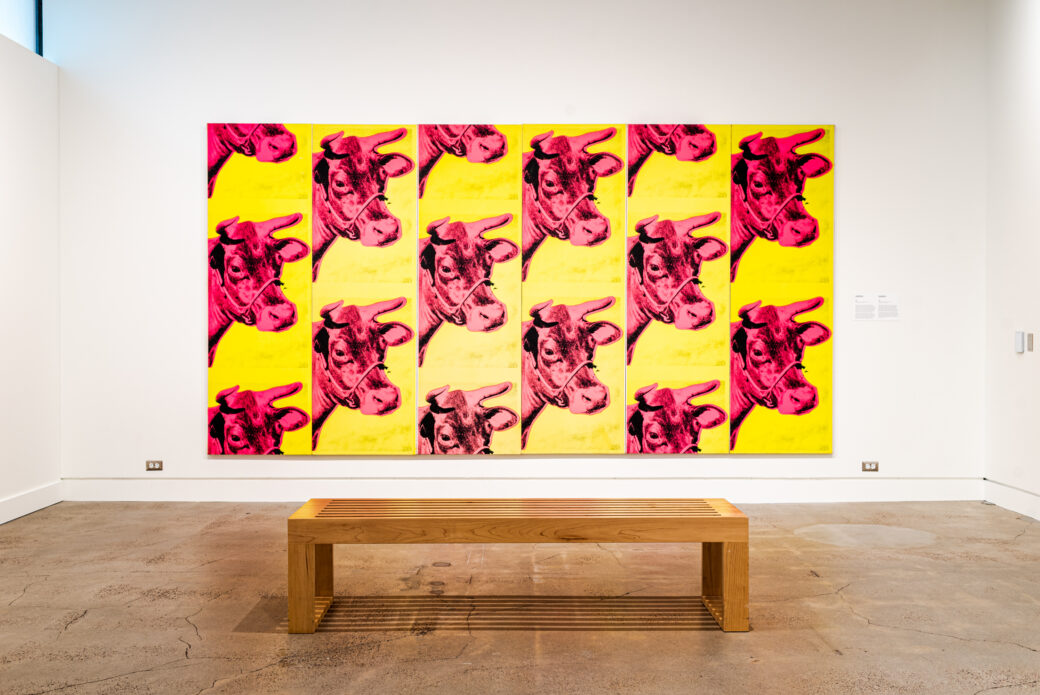
An exhibition at the tip of your tongue
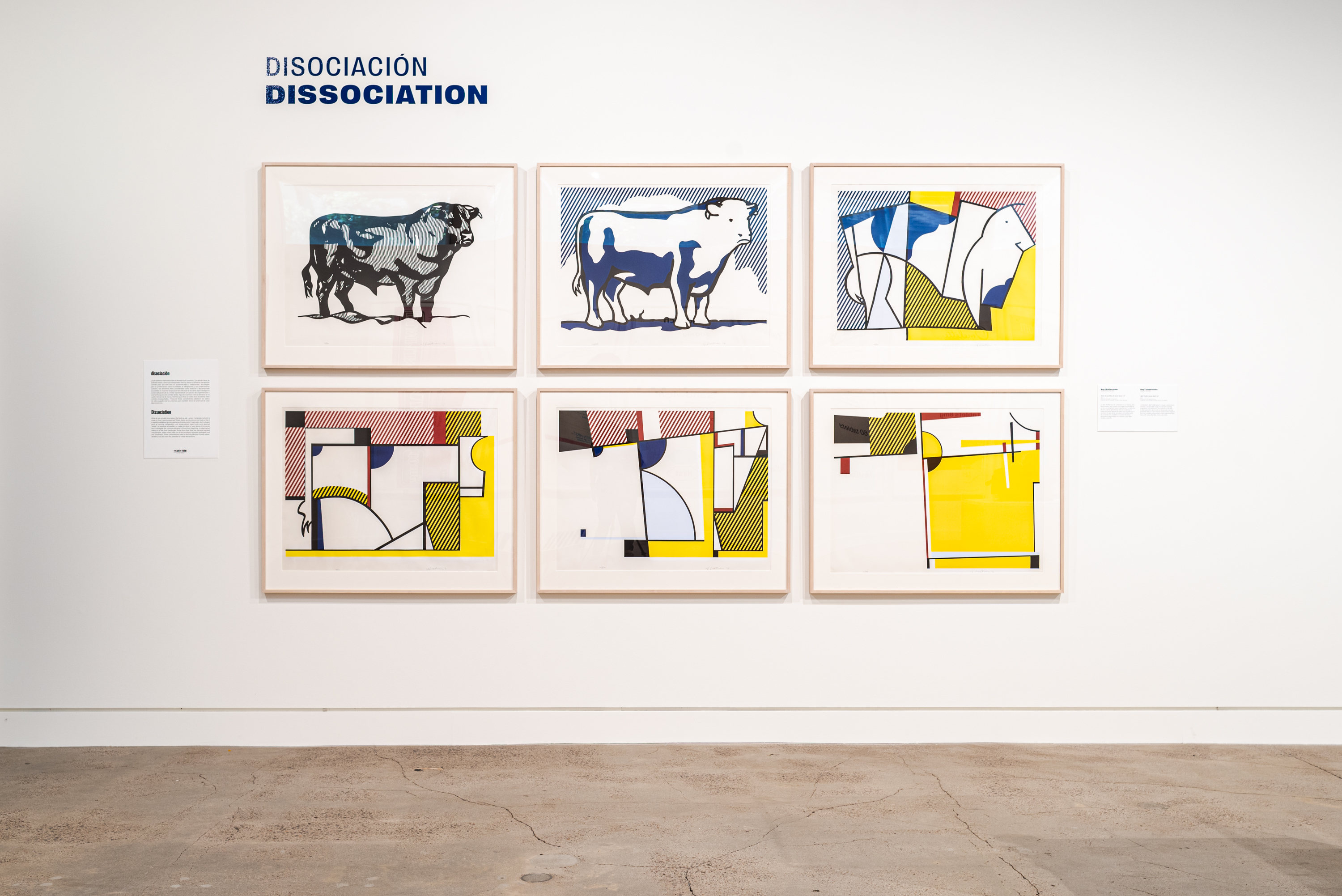
As humanity and the planet we inhabit evolve through the ages, resources and access to them become an even more-prominent topic of discussion. Discourse around food is ever present: What is our relationship to food? Do we know whose hands touch the things we eat? Who has access to food? Who doesn’t?
In The Art of Food: From the Collections of Jordan D. Schnitzer and His Family Foundation, food is far more than sustenance, but rather a source of pleasure, an excuse to gather and a form of art that evolves as quickly as our tastes demand. In this 100+ work show from 36 well-known contemporary artists, food and its essence are categorized into sections: Community, Dissociation, Food for Thought, Control, Elixirs and Libation, Still Life and Eye Candy. Within these categories, themes of land use, climate change, animal welfare, consumerism and capitalism arise, from Andy Warhol’s infamous Velvet Underground Banana to John Baldessari’s Emoji series.
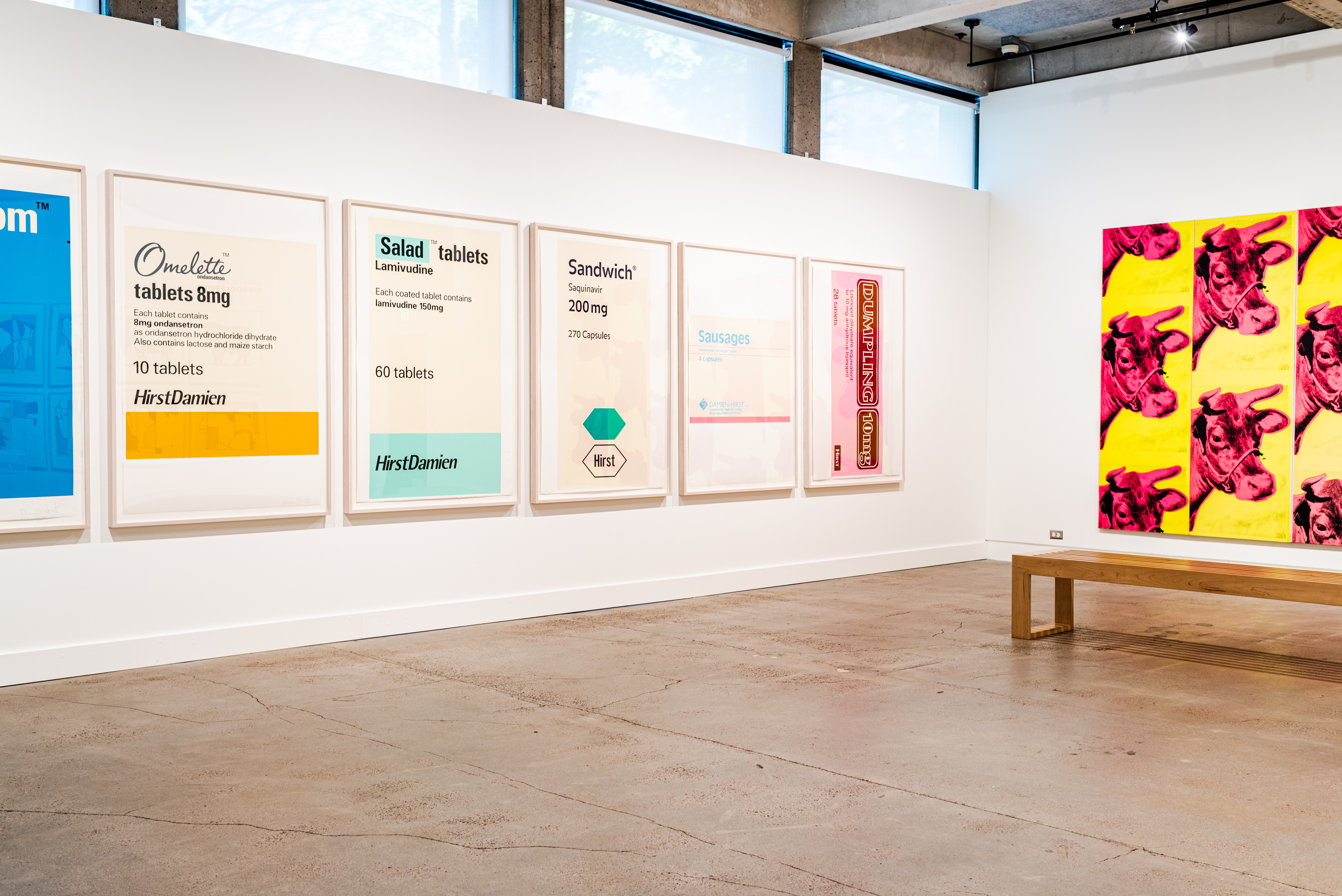
Damien Hirst’s The Last Supper screenprints highlight the nature of overly processed contemporary foods, linking a dependence to these products to our culture’s unwavering faith in pharmaceuticals. Spend a minute with the series, and questions arise: How can we trust the food we eat? Who determines it’s safe? This theme of uncertain food consumption is paralleled in other pieces, like Jonathan Seliger’s Fresh, a cheeky poke at discounted, “fresh” foods. What does the word even mean?
Extending past the fundamental — nutrients meant for consumption and how that consumption is dictated and profited from — Malia Jensen’s Untitled 4 (salt lick) expands on the ideas of human/animal relationships, questioning where nature begins and ends. Roy Lichenstein’s Bull Profile Series too brings attention to animals’ expected role in food, reducing a bull to basic geometric parts akin to the animal’s eventual butchered state.
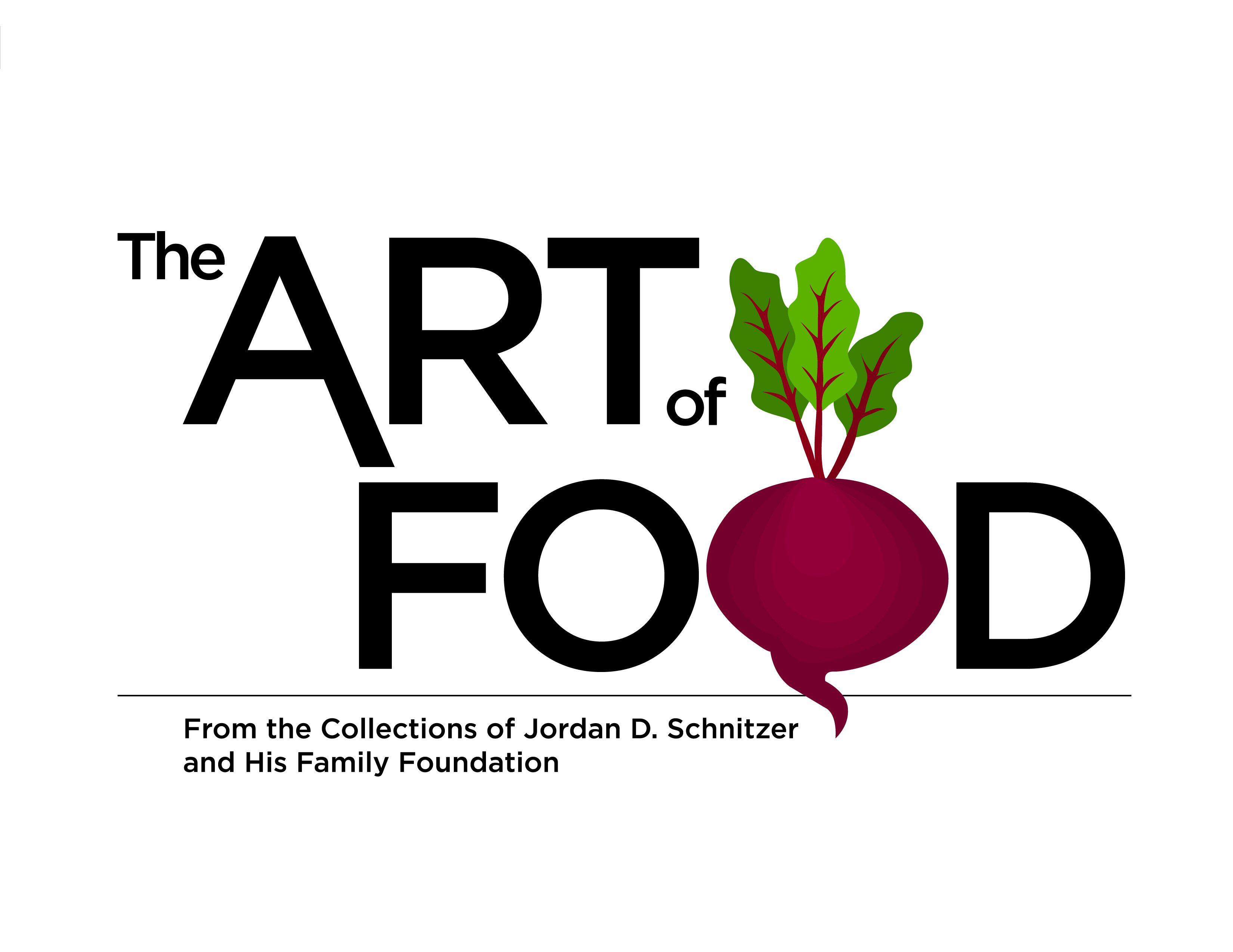
This conversation bleeds into an intersection of communities, especially in reference to Western relations with Indigenous, marginalized and oppressed peoples. In Abraham Cruzvillegas’ Ichárhuta, the narrative is about the Purépecha people near Mexico’s Lake Pátzcuaro, whose traditional practices have become threatened due to mass fishing, decrease in water levels and environmental mismanagements. Lorna Simpson’s C-Ration speaks to the degradation Black enslaved women endured while forced to labor in white Southern households. Hung Liu’s Women Working: Millstone illustrates the important role women’s labor has played in Chinese culture.
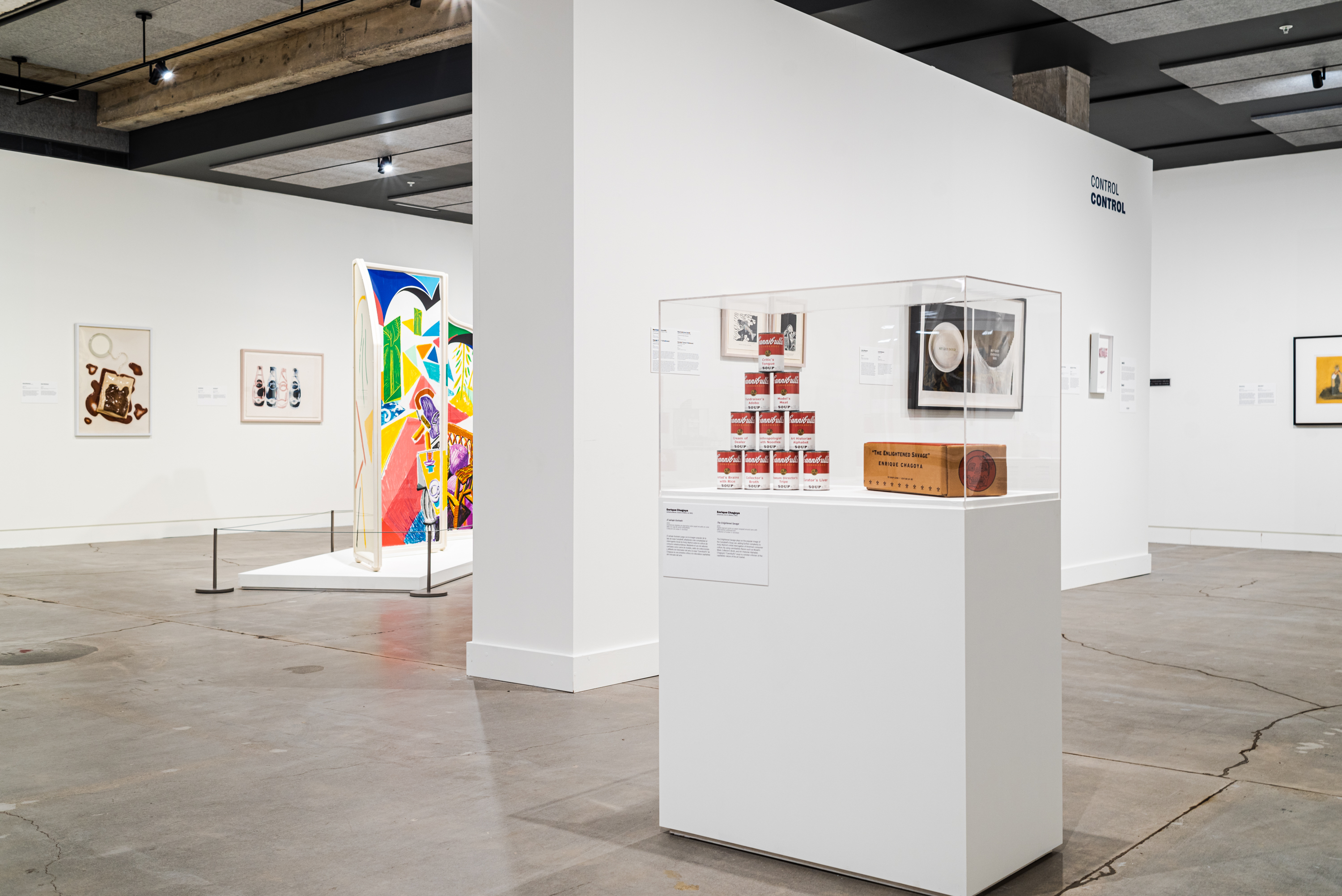
Amid moments of contemplation and understanding, there is room for pleasure and playfulness. Baldessari’s Emoji enlarges the normally minuscule objects and pairs them with cheeky phrases. The series highlights the ironic ways food and language overlap, images of a single piece of fruit capable of eliciting sexual undertones. Chris Antemann’s porcelain Covet underscores the similarities between appetites for food and for flesh during an elite dinner party, while Ed Ruscha utilizes the very foods he’s referencing in News, Mews, Pews, Brews, Stews & Dues, the works a collaboration of black-currant pie filling, baked beans, caviar, raw egg and more.
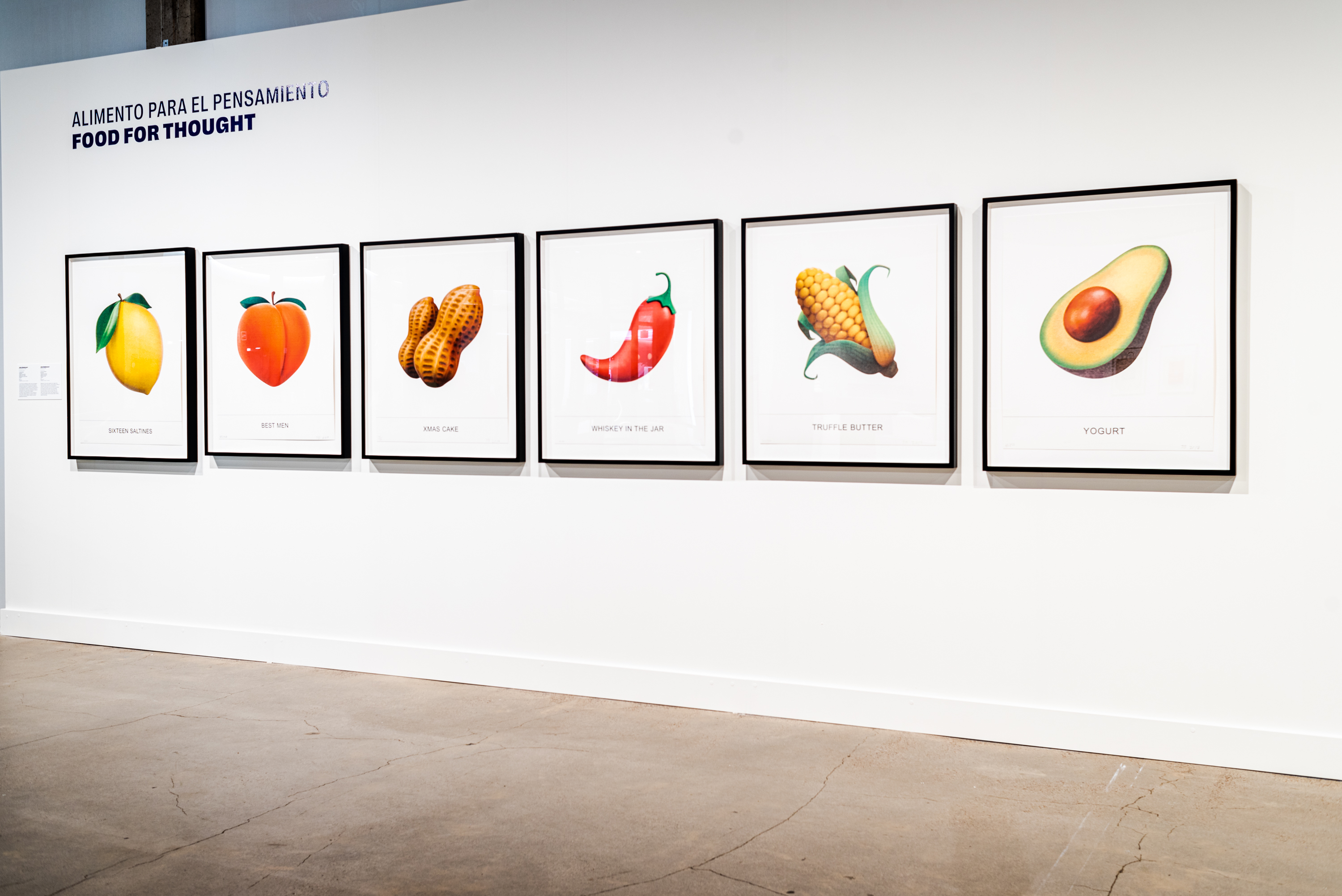
Each work touches on the importance of food in our day-to-day existence, but each also provides a specific lens for viewing. An exhibition rich with prints, video and ceramics, and all these big names in one room, The Art of Food offers a tangible and accessible connection to works by contemporary legends. Within the walls of our Main Gallery, visitors will experience food in new ways, raising questions, pondering history and considering ideas of consumption, production and nutrition in a new light.
How do we approach food production? Where is our food coming from? How is climate change affecting the environment? Are we responsible for animals? Who is profiting? Who is lacking?
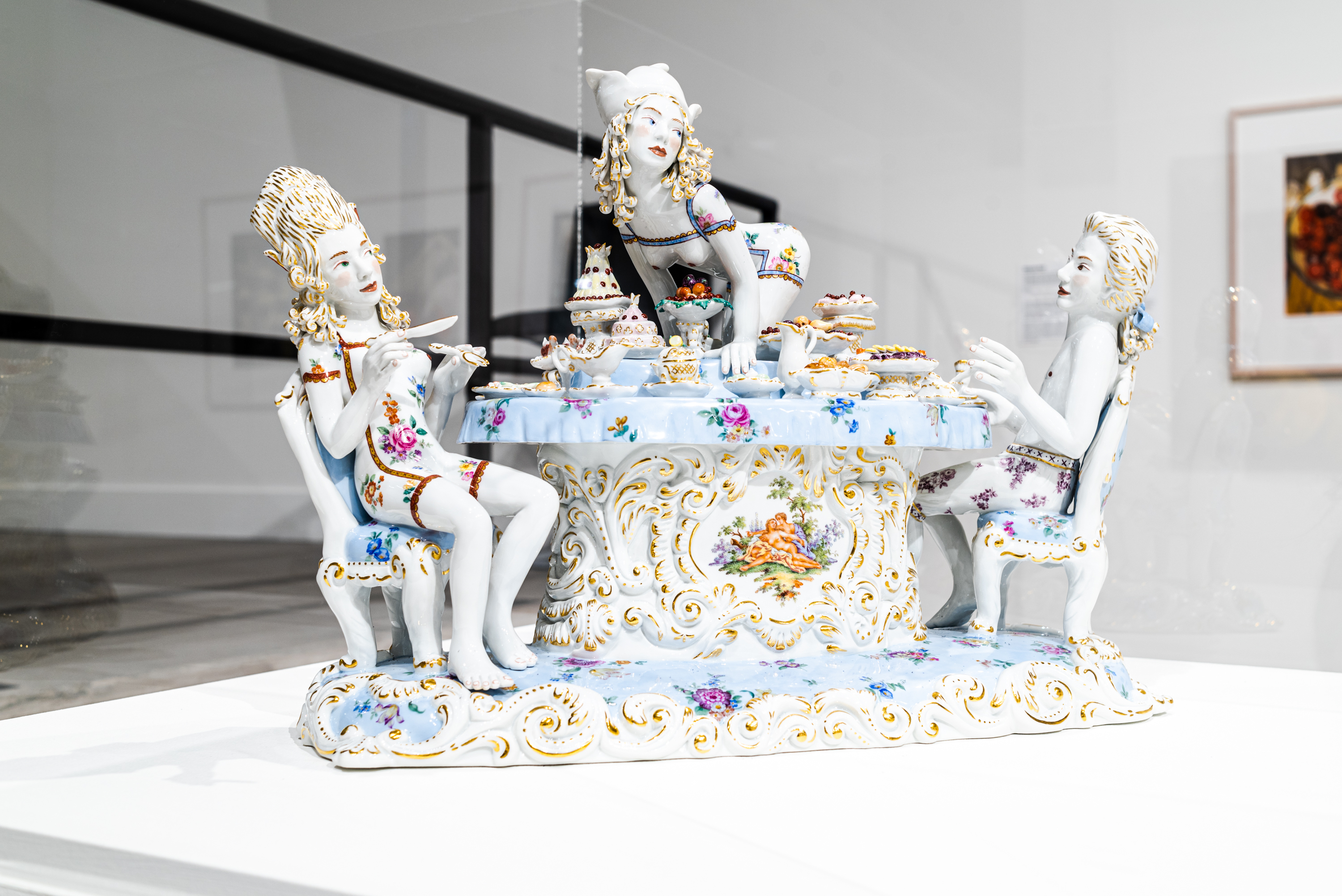
Whether celebratory or critical, each work soon on view will present a different, nuanced perspective for Oklahomans to consider the ongoing conversation between art and food and food and society. Visitors are invited to think of food as a language used to depict the dynamic and insatiable social lives of people, animals and the planet.
Opening celebrations kick off from 6-9 p.m. Feb. 9 We invite our 21-and-up audience to join us and be among the first to view this vast collection, along with hors d’oeuvres, drinks and a live DJ. Reserve your tickets today. (Members get in free.)
The Art of Food was organized by the University of Arizona Museum of Art in partnership with the the Jordan Schnitzer Family Foundation. It was curated by Olivia Miller, interim director and curator of collections at the University of Arizona Museum of Art. Schnitzer, a businessman and philanthropist, regularly lends works from his private collection to qualified institutions. The more than 100+ pieces in Art of Food come from this collection, which contains more than 20,000 works.
Images:
Installation view of The Art of Food at the Jordan Schnitzer Museum of Art at Portland State University, including Andy Warhol's Cow 1966 (1966).
Installation view of The Art of Food at JSMA, including Roy Lichtenstein's Bull Profile Series (1973).
Installation view of The Art of Food at JSMA, including Damien Hirst's The Last Supper (1999) and Andy Warhol's Cow 1966 (1966).
Installation view of The Art of Food at JSMA, including works by Enrique Chagoya, Lorna Simpson and Abraham Cruzvillegas.
Installation view of The Art of Food at JSMA, including John Baldessari's Emoji series (2018).
Installation view of The Art of Food at JSMA, including Christ Antemann's Covet, edition 3/8 (2013).
Photos: Deann Orr / Jordan Schnitzer Family Foundation.
Return to New Light.









